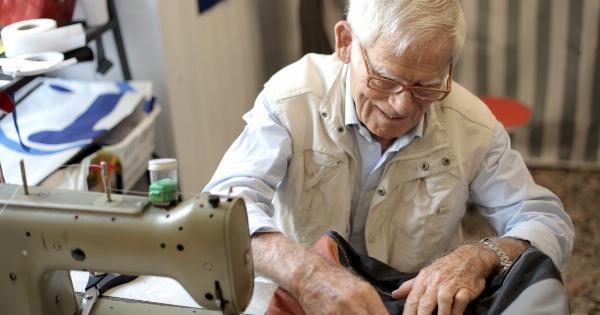Google Pays Tribute to René Laennec, the Father of Stethoscope.
Early Life and Education
René Laennec was born on February 17, 1781, in Quimper, France. He belonged to a wealthy and influential family, which allowed him to pursue his education with ease.
Laennec’s father passed away when he was just five years old, leaving him under the care of his mother and uncle. Despite the family’s tragic loss, they encouraged Laennec’s passion for knowledge, supporting his intellectual pursuits throughout his life.
Medical Career and Invention
In 1800, at the age of 19, Laennec moved to Paris to study medicine at the prestigious Collège de France. During his time there, he became a favorite student of some of the most renowned physicians and professors of the era.
Laennec’s devotion to research and study made him stand out among his peers.
One of Laennec’s notable achievements in medicine was his invention of the stethoscope. Prior to this invention, physicians relied on a technique known as auscultation to listen to internal body sounds.
However, this method had limitations, as it required placing the ear directly on the patient’s chest, which often resulted in discomfort and difficulty in hearing the sounds accurately.
Laennec’s inspiration for the stethoscope came from observing children playing with long, hollow wooden sticks.
Intrigued by the clarity and amplification of sound produced by these toys, he experimented with various materials to create a medical instrument that could mimic the same effect. Eventually, he settled on a wooden cylinder, which he named “stethoscope” derived from the Greek words “stethos” meaning chest and “skopein” meaning to observe or see.
Impact and Significance
Laennec’s invention revolutionized medical diagnosis and greatly enhanced the accuracy of auscultation. The stethoscope allowed physicians to hear internal sounds with far greater clarity, aiding in the detection of various disorders and ailments.
It became an essential tool in the medical field and is still in use today, albeit in more advanced forms.
Thanks to the stethoscope, the detection of heart and lung abnormalities became more efficient. Doctors were able to listen to the heart’s rhythm and detect irregularities, murmurs, or signs of valve obstructions.
The stethoscope also became instrumental in detecting lung diseases, such as pneumonia, tuberculosis, and asthma.
Moreover, Laennec’s invention paved the way for further advancements in medical technology.
It inspired scientists and inventors to develop more sophisticated instruments like the electronic stethoscope, enabling physicians to analyze and record heart and lung sounds digitally.
Later Life and Legacy
In addition to his groundbreaking invention, Laennec made significant contributions to the understanding of various diseases and their causes.
He advanced the field of tuberculosis research, publishing his findings on the disease and developing new treatment methods for patients.
Laennec’s remarkable achievements were widely recognized during his lifetime. He became a respected professor at the Collège de France and held important positions in hospitals.
His reputation spread beyond France, garnering international acclaim for his contributions to the medical field.
Unfortunately, Laennec’s life was cut short by tuberculosis, a disease he had dedicated much of his research to. He passed away on August 13, 1826, at the age of 45, leaving behind an enduring legacy.
René Laennec’s invention of the stethoscope revolutionized medical practice and greatly contributed to the advancement of diagnostic medicine.
His innovative spirit, dedication to research, and passion for improving patient care continue to inspire generations of medical professionals.
Conclusion
René Laennec’s invention of the stethoscope stands as a testament to his ingenuity and commitment to improving healthcare. Google’s tribute to him highlights the profound impact he had on the medical field.
Laennec’s invention forever changed the way physicians diagnose and treat diseases, ultimately saving countless lives. His legacy lives on in the stethoscopes used by doctors worldwide, a reminder of the power of innovation and the enduring impact of one man’s remarkable invention.






























